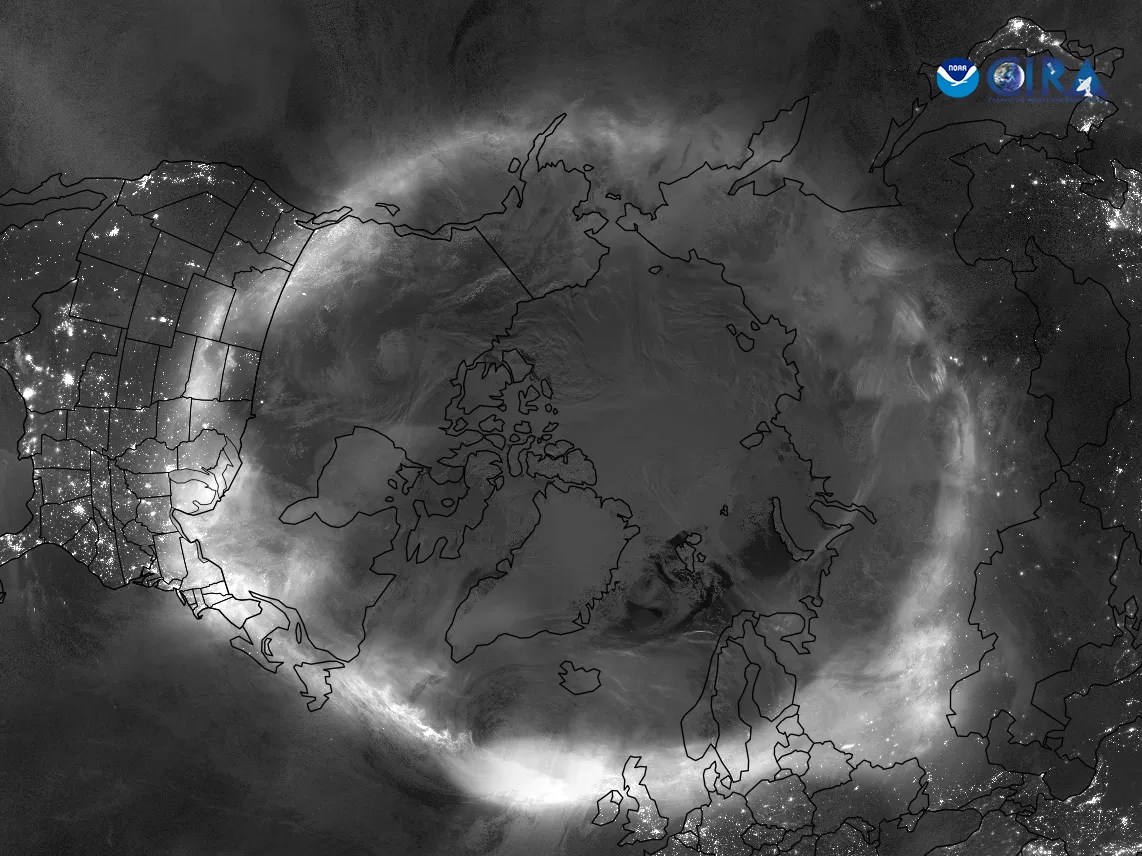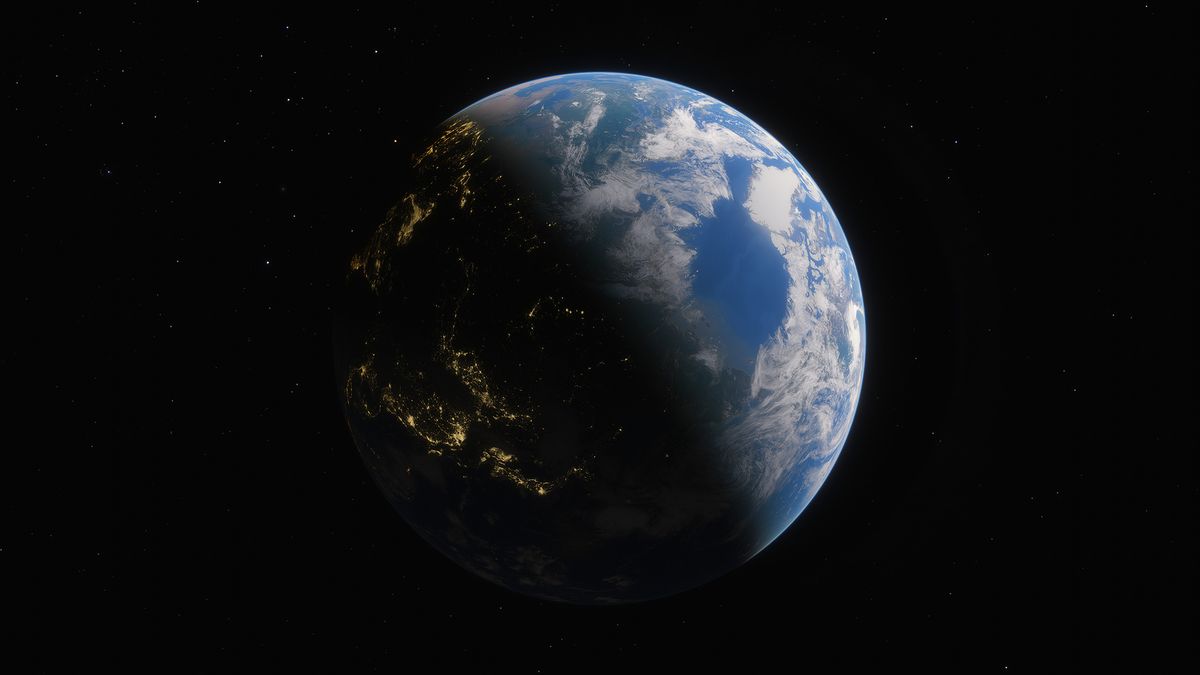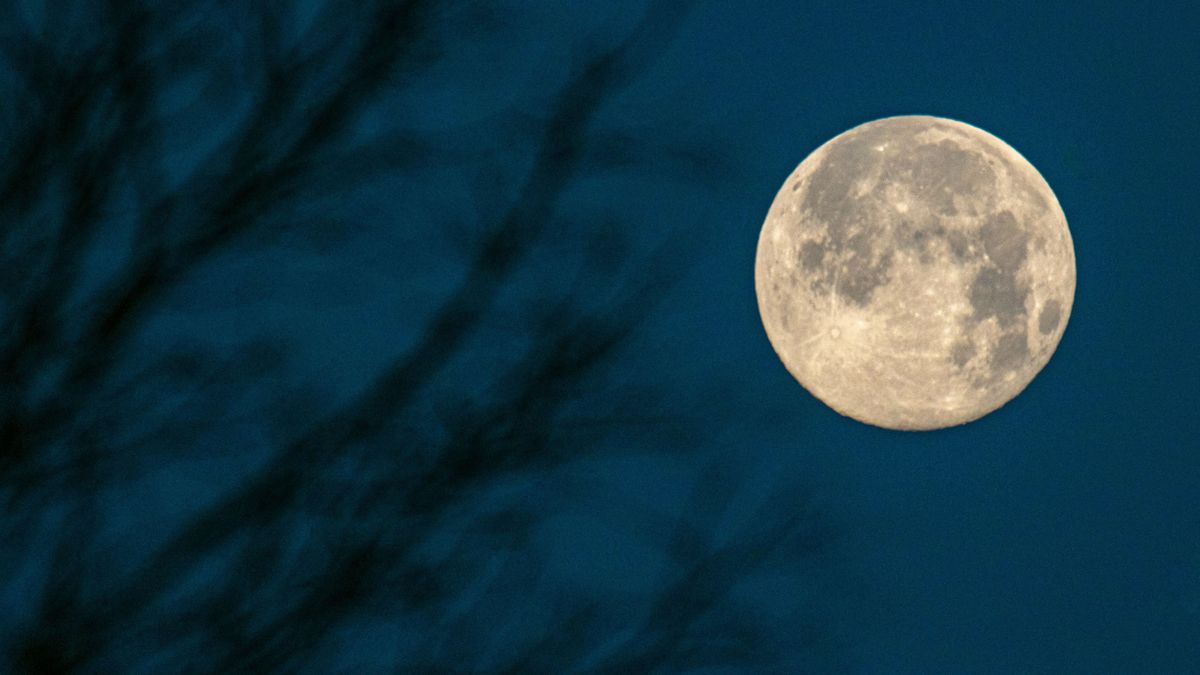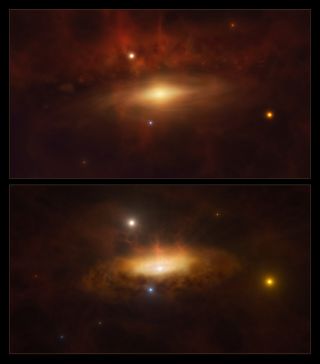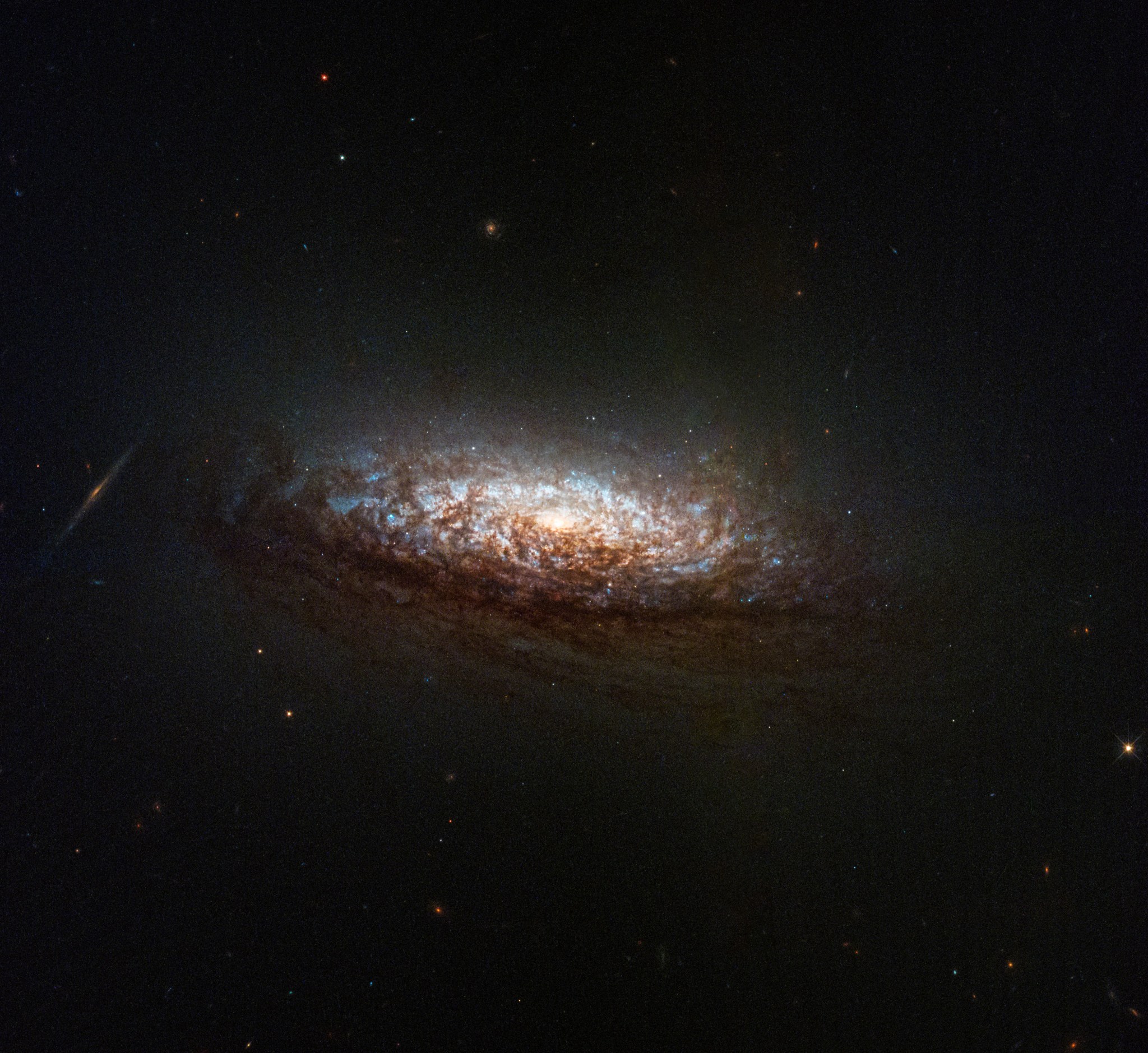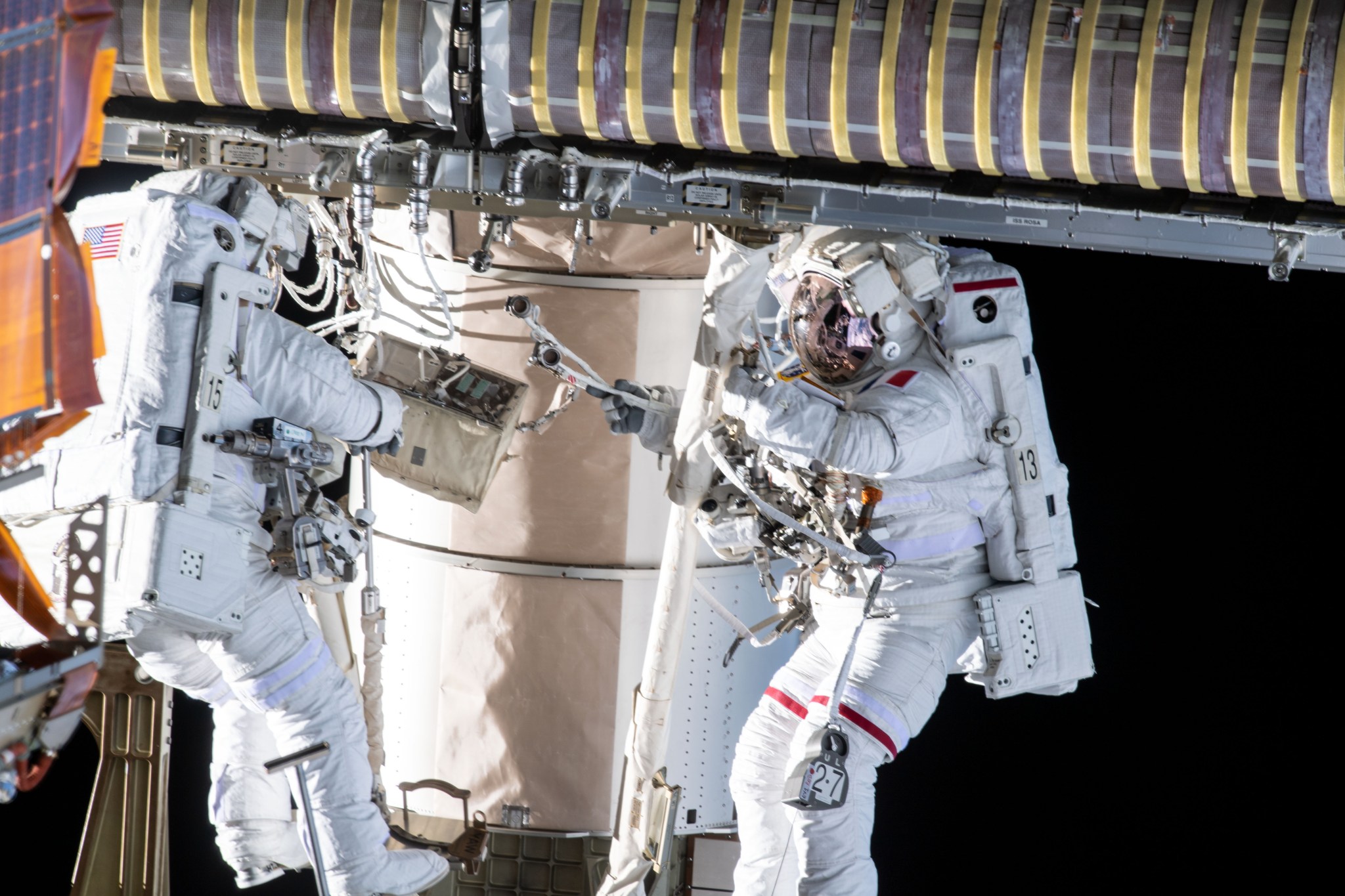5 min read Preparations for Next Moonwalk Simulations Underway (and Underwater) Science in Space: June 2024 The Sun wields a huge influence on Earth. Its gravity holds our planet in its orbit, and solar energy drives the seasons, ocean currents, weather, climate, radiation belts, and auroras on Earth. The solar wind, a flow of charged particles from the Sun, constantly bombards Earth’s magnetosphere, a vast magnetic shield around the planet. The Sun occasionally releases massive amounts of energy, creating solar geomagnetic storms that can interfere with communications and navigation and…
Read MoreMonth: June 2024
4,000-year-old ‘Seahenge’ in UK was built to ‘extend summer,’ archaeologist suggests
A mysterious Bronze Age wooden circle known as “Seahenge” on England’s east coast was built more than 4,000 years ago in an effort to bring back warmer weather during an extreme cold spell, a new study suggests. The theory is a new attempt to explain the buried structure — a rough circle about 25 feet (7.5 meters) across, made from 55 split oak trunks surrounding a “horseshoe” of five larger oak posts around a large inverted oak stump — that was controversially dug up and moved into a museum in…
Read MoreJune solstice 2024 brings changing seasons to Earth on June 20 — What to know
Summer will officially arrive in the Northern Hemisphere on Thursday (June 20) at 4:51 p.m. EDT (2051 GMT) — the June Solstice. At that moment, the sun will reach the point at which it’s farthest north of the celestial equator. To be more precise, when the solstice occurs, the sun will appear to be shining directly overhead for a point on the Tropic of Cancer (latitude 23.5 degrees north) in the eastern Pacific Ocean, roughly 1,100 statute miles (1,800 kilometers) southwest of Los Angeles. From mid-northern latitudes, we…
Read MoreThe 1st ‘major lunar standstill’ in more than 18 years is about to occur. Here’s how to see it
In addition to the April 8 total solar eclipse and vibrant displays of auroras, there’s another celestial treat for skywatchers this year: the first “major lunar standstill” since 2006. During this event, the moon rises and sets at its most extreme northerly and southerly positions on the horizon, reaching its highest and lowest points in the 18.6-year lunar cycle. This is possible because the moon doesn’t follow the same path as the sun. Its rising and setting positions on the horizon change constantly due to the movements of Earth and…
Read MoreA massive black hole may be ‘waking up’ in a nearby galaxy
In December of 2019, the sky-scanning Zwicky Transient Facility — a telescope perched on California’s Palomar Mountain — alerted astronomers to a sudden flare coming from an otherwise unremarkable galaxy some 300 million light-years from Earth in the constellation Virgo. The flare’s intensity dipped and peaked dramatically over four years, but it continues to persist even today. That’s unusually long for such a flare — so long, in fact, that it can’t be explained by any typical cosmic phenomena. “This behavior is unprecedented,” Paula Sánchez-Sáez, an astronomer at the European…
Read MoreThe Marshall Star for June 18, 2024
20 Min Read The Marshall Star for June 18, 2024 California Teams Win $1.5 Million in NASA’s Break the Ice Lunar Challenge By Savannah Bullard After two days of live competitions, two teams from southern California are heading home with a combined $1.5 million from NASA’s Break the Ice Lunar Challenge. Since 2020, competitors from around the world have competed in this challenge with the common goal of inventing robots that can excavate and transport the icy regolith on the Moon. The lunar South Pole is the targeted landing site…
Read MoreHigh-Speed Market Studies
2 min read Preparations for Next Moonwalk Simulations Underway (and Underwater) Artist concept of a high-speed point-to-point vehicle. NASA Langley Owing to NASA’s Quesst mission and Commercial Supersonic Technology project, there is growing industry interest in commercial aircraft that fly faster than the speed of sound. In 2020, NASA funded two independent studies to investigate the economic viability of this potential market for high-speed commercial flight. Since then, NASA has funded additional studies to investigate the technology developments needed for these aircraft, as well as the regulatory and certification barriers…
Read MoreNASA Releases Hubble Image Taken in New Pointing Mode
2 min read NASA Releases Hubble Image Taken in New Pointing Mode This NASA Hubble Space Telescope features the galaxy NGC 1546. NASA, ESA, STScI, David Thilker (JHU) NASA’s Hubble Space Telescope has taken its first new images since changing to an alternate operating mode that uses one gyro. The spacecraft returned to science operations June 14 after being offline for several weeks due to an issue with one of its gyroscopes (gyros), which help control and orient the telescope. This new image features NGC 1546, a nearby galaxy in…
Read MoreCelebrating Juneteenth
This image of Galveston was taken on Nov. 23, 2022, from the International Space Station as it orbited 224 miles above Earth. While President Abraham Lincoln issued the Emancipation Proclamation in 1863, word that enslaved people were free did not reach Galveston until well into 1865. When Union troops arrived that year to share the news, spontaneous celebrations broke out in African American churches, homes, and other gathering places. As years passed, the picnics, barbecues, parades, and other celebrations that sprang up to commemorate June 19th became more formalized as…
Read MoreNASA Updates Coverage for US Spacewalks 90, 91 Outside Space Station
Astronauts pictured completing an installation outside of the International Space Station. Credits: NASA NASA will provide live coverage as astronauts conduct two spacewalks outside the International Space Station scheduled for Monday, June 24 and Tuesday, July 2. The first spacewalk is scheduled to begin at 8 a.m. EDT June 24, and last about six and a half hours. NASA will provide live coverage beginning at 6:30 a.m. NASA will stream the spacewalk on NASA+, NASA Television’s public channel, the NASA app, YouTube, and the agency’s website. Learn how to stream…
Read More